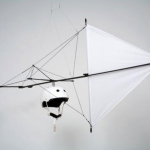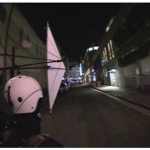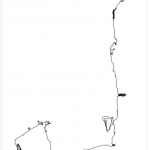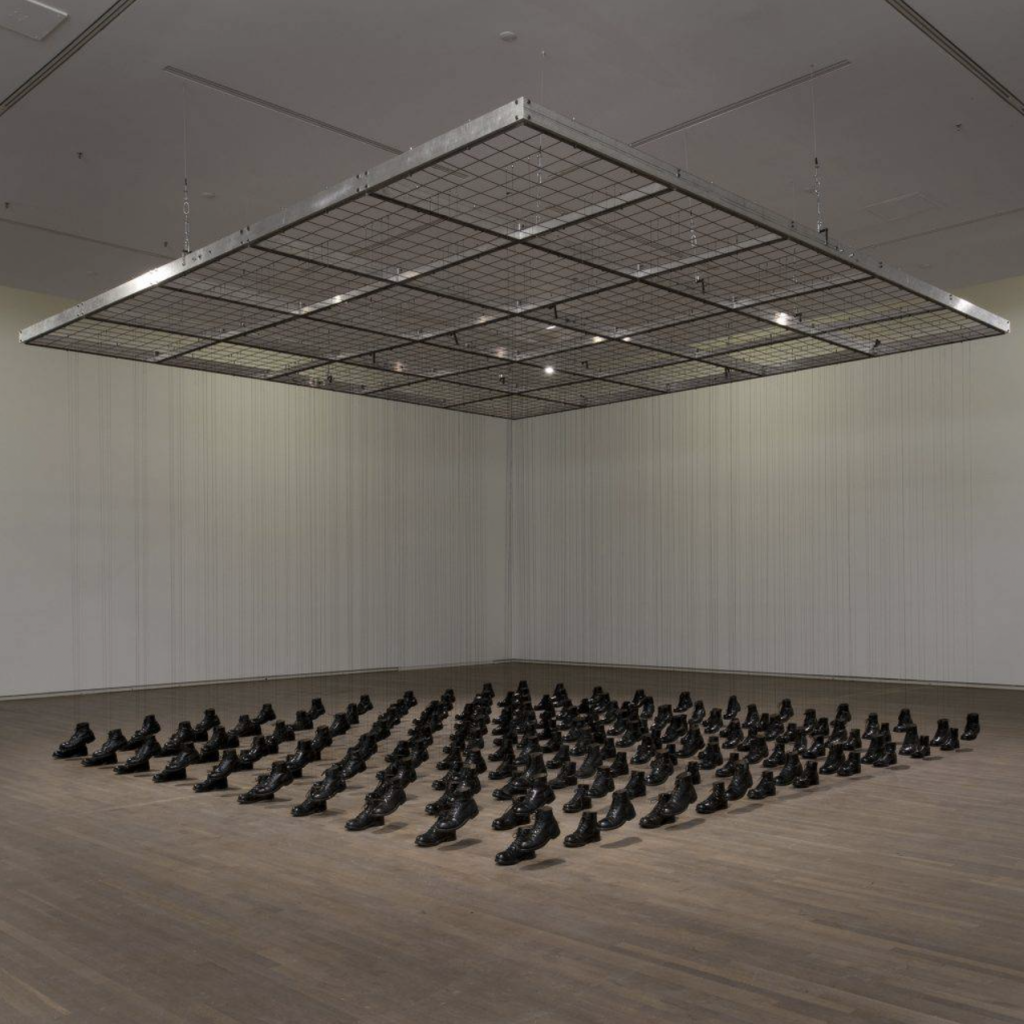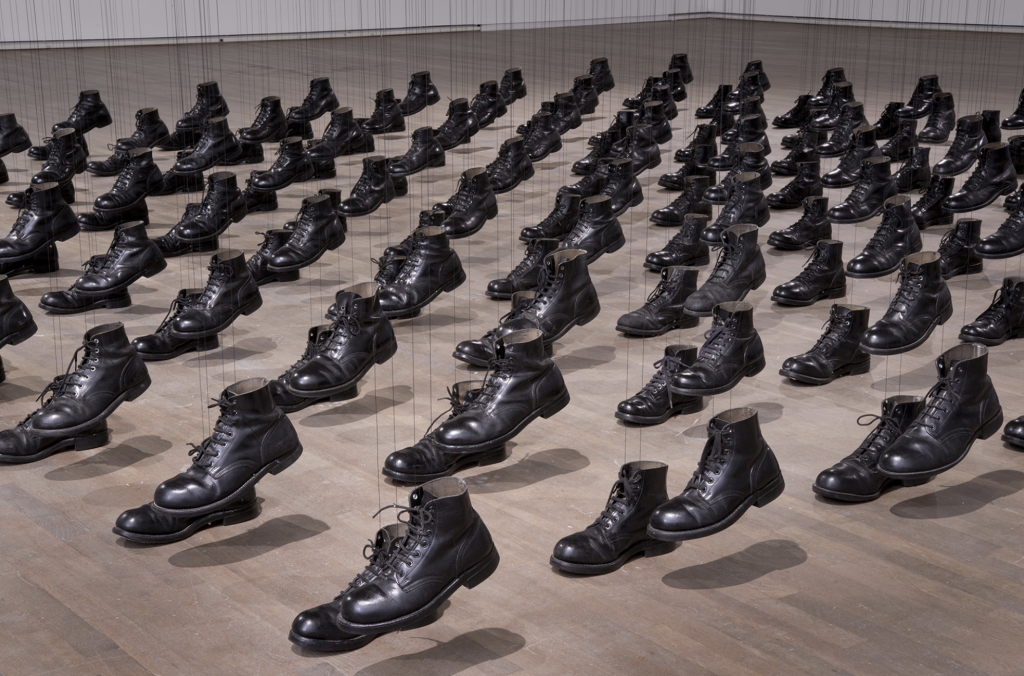multimedia installation: helmet, sail, wall drawing and monitor
- Tim Knowles “From Windwalk – Seven Walks from Seven Dials” 2009
- Tim Knowles “From Windwalk – Seven Walks from Seven Dials” 2009
- Tim Knowles “From Windwalk – Seven Walks from Seven Dials” 2009
[credit]
“Tim Knowles creates photographs, films and abstract drawings by undertaking walks. Knowles’s working methods are deliberately improbable, idiosyncratic and inventive. He makes use of chance in innumerable ways, ensuring that the outcome of each walk is unknown in advance. As the critic Jessica Lack has written in The Guardian, 11 June 2009, his works are “generated by apparatus, mechanisms, systems and processes beyond the artist’s control”. They are “akin to scientific experimentation, where a situation is engineered in which the outcome is unpredictable. There is a poetry, English eccentricity and wit to the work”.
For ‘Walk On’ Tim Knowles presents an excerpt of a larger work, showing one of a series of seven walks made from Seven Dials, London. Each of these walks is guided solely by the wind as Knowles steadfastly follows a windvane mounted on a helmet worn on his head. He has no ability to affect the windvane and simply acts as a servant to the system he has devised. The wind takes him on a meandering route, at times blown directly down a street, at others caught in eddies repeatedly circling on street corners or joining the city’s other debris down some cul de sac. His meandering path collides with the rigid structure of the city; his route tracing out buildings, railings, ventilation shafts, parked vehicles and other boundaries. Knowles devises a new method of exploring the city and reveals how the wind moves through and is shaped by its structure.”
